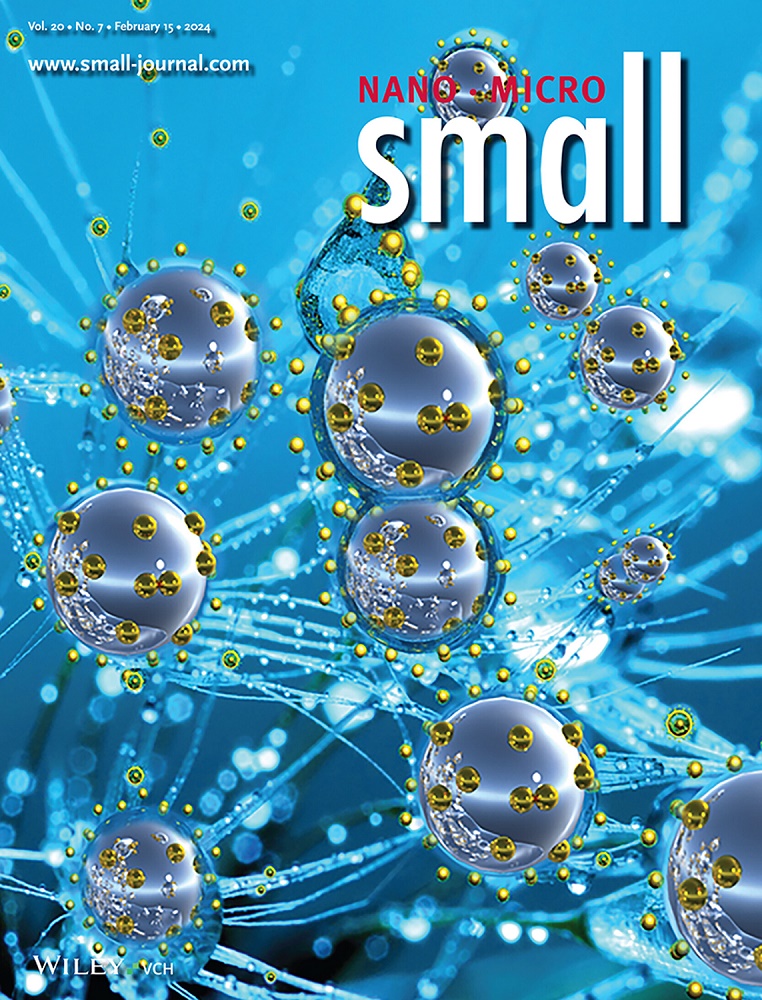电化学CO2还原金属硫化物的异质结构工程:提高性能和稳定性。
IF 12.1
2区 材料科学
Q1 CHEMISTRY, MULTIDISCIPLINARY
引用次数: 0
摘要
金属硫化物的异质结构工程已成为提高电化学CO2还原反应(CO2RR)性能的一种有前途的策略。通过利用表面功能化、界面工程、掺杂和空位形成,金属硫化物基异质结构提供了提高催化性能和耐久性的有效策略。本文综述了近年来金属硫化物异质结构在CO2RR途径和电子转移机制中的应用研究成果,为这些异质结构催化剂的性能和性能提供了新的见解。首先,概述了CO2RR的关键机理描述符,然后研究了各种金属硫化物异质结构的电催化性能,这些异质结构分为Cu硫化物、非Cu过渡金属硫化物(tms)和后tms。最后,对未来二氧化碳可持续转化的研究方向进行了展望。本文章由计算机程序翻译,如有差异,请以英文原文为准。
Heterostructure Engineering in Metal Sulfides for Electrochemical CO2 Reduction: Advancing Performance and Stability.
Heterostructure engineering in metal sulfides has emerged as a promising strategy for advancing the performance of electrochemical CO2 reduction reaction (CO2RR). By leveraging surface functionalization, interface engineering, doping, and vacancy formation, metal sulfide-based heterostructures offer effective strategies to enhance catalytic performance and durability. This review consolidates recent research findings on the application of metal sulfide-based heterostructures in CO2RR pathways and electron transfer mechanisms, providing insights into the properties and performance of these heterostructured catalysts. First, the key mechanistic descriptors of CO2RR are outlined, followed by an examination of the electrocatalytic performances of various metal sulfide-based heterostructures, categorized into Cu sulfides, non-Cu transition metal sulfides (TMSs), and post-TMSs. Finally, future research directions for sustainable CO2 conversion are discussed.
求助全文
通过发布文献求助,成功后即可免费获取论文全文。
去求助
来源期刊

Small
工程技术-材料科学:综合
CiteScore
17.70
自引率
3.80%
发文量
1830
审稿时长
2.1 months
期刊介绍:
Small serves as an exceptional platform for both experimental and theoretical studies in fundamental and applied interdisciplinary research at the nano- and microscale. The journal offers a compelling mix of peer-reviewed Research Articles, Reviews, Perspectives, and Comments.
With a remarkable 2022 Journal Impact Factor of 13.3 (Journal Citation Reports from Clarivate Analytics, 2023), Small remains among the top multidisciplinary journals, covering a wide range of topics at the interface of materials science, chemistry, physics, engineering, medicine, and biology.
Small's readership includes biochemists, biologists, biomedical scientists, chemists, engineers, information technologists, materials scientists, physicists, and theoreticians alike.
 求助内容:
求助内容: 应助结果提醒方式:
应助结果提醒方式:


